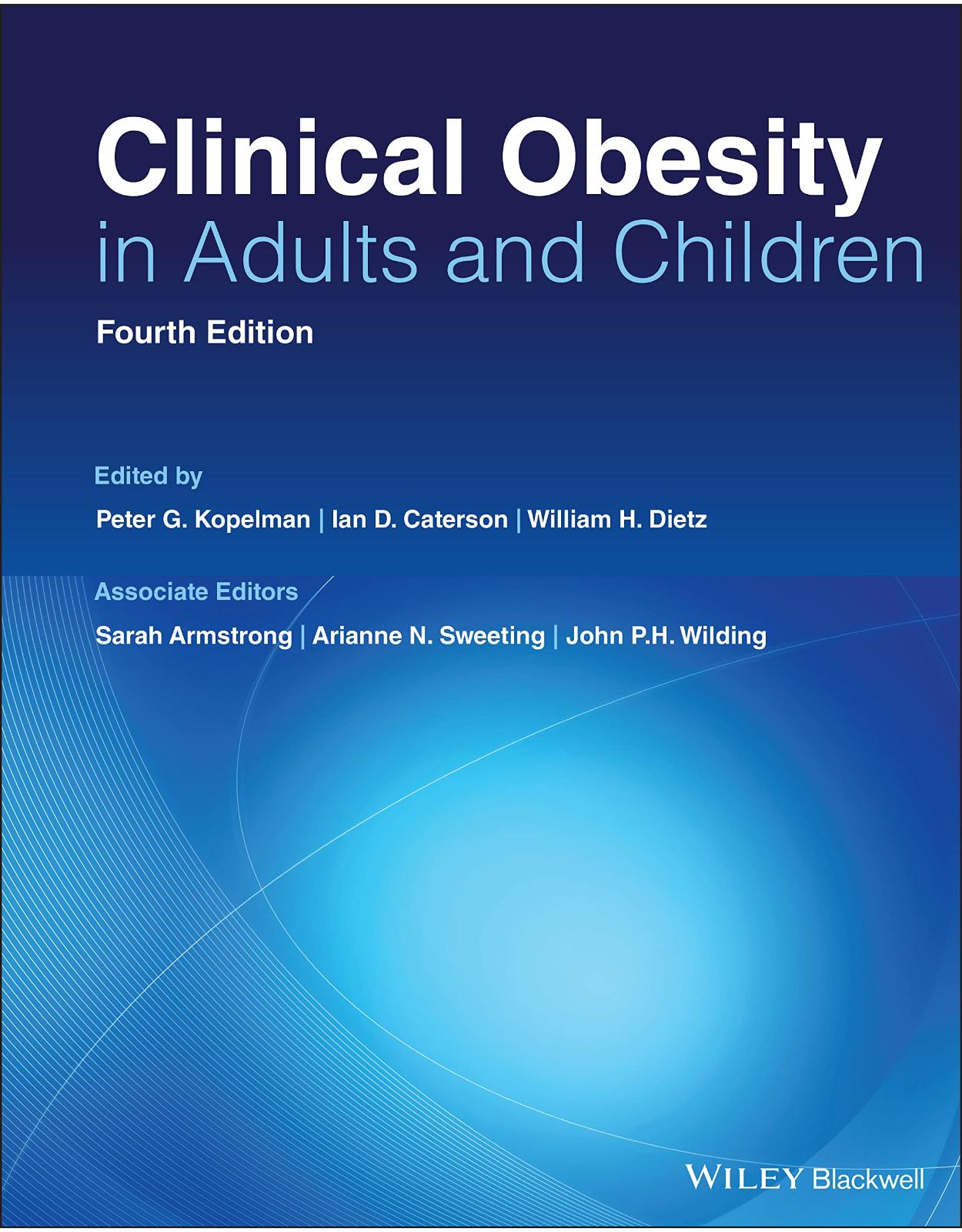
Clinical Obesity in Adults and Children
Livrare gratis la comenzi peste 500 RON. Pentru celelalte comenzi livrarea este 20 RON.
Disponibilitate: La comanda in aproximativ 4 saptamani
Autor: Peter G. Kopelman
Editura: Wiley
Limba: Engleza
Nr. pagini: 460
Coperta: Hardcover
Dimensiuni: 21.6 x 3 x 27.9 cm
An aparitie: 7 April 2022
Description:
>Clinical Obesity in Adults and Children
A comprehensive and incisive exploration of obesity in society and the clinical setting
In the newly revised Fourth Edition of Clinical Obesity in Adults and Children, a team of expert medical practitioners deliver a comprehensive exploration of the increasingly widespread disease of obesity. The book discusses topics such as the causes of obesity, the disease-model of obesity, the management of adult and childhood obesity, and policy approaches to obesity.
Designed to enable readers to better understand the full complexity of obesity — both within society and in the clinical setting — the book discusses a disease that is the leading cause of ill health around the world. The editors have included contributions from leading international experts in their respective fields that address every major aspect of this often misunderstood disease.
Readers will also benefit from the inclusion of:
Introductions to the history and scale of the obesity problem across the world and its epidemiology and social determinants
Comprehensive explorations of those affected by obesity, including fetal and infant origins, genetic causes, bias and stigma encountered by those affected by obesity, and the psychobiology of obesity
Practical discussions of obesity as a disease, including its co-morbidities of dyslipidemia, fertility, cardiovascular consequences, and obstructive sleep apnea
In-depth examinations of the management of obesity in adults and children, including contemporary approaches to clinical and dietary management, and behavioral treatments
Perfect for doctors and allied health professionals who regularly work with patients suffering from obesity, Clinical ;Obesity in Adults and Children will also earn a place in the libraries of health researchers and scholars studying obesity and nutrition, dieticians, nutritionists, and anyone else with a professional interest in an increasingly prevalent health problem.
1 Obesity – Introduction
Obesity as a public health problem
Lower limits of BMIs in non‐Caucasians?
Morbidity burden starts at much lower BMIs
Obesity epidemic starts in the early 1980s
The global epidemic gets underway
Abdominal obesity
Different regional societal burdens of obesity with abdominal obesity
Historical analyses of contributors to obesity
The burden of obesity
The economic impact of excess weight gain
Conclusions
References
2 The Epidemiology and Social Determinants of Obesity
Introduction
Defining excess body fat
Adult obesity
Childhood obesity
Global obesity
Social determinants of obesity
Conclusions
References
2 Causes of Obesity
3 Fetal and Infant Origins of Obesity
Background
Assessing obesity in children
Conceptual frameworks
Study designs
Developmental risk factors
Biology and mechanisms
Estimating population attributable risks
Implications for policy and practice
Acknowledgments
References
4 Genes and Obesity
Introduction
Historical perspective
Gene–environment interactions
Evidence for the heritability of fat mass
Adoption studies
Twin studies
Pleiotropic obesity syndromes
Prader–Willi syndrome
Albright hereditary osteodystrophy
Bardet–Biedl syndrome
Molecular mechanisms involved in energy homeostasis
Rodent models of obesity
Leptin–melanocortin pathway
Monogenic obesity syndromes affecting the leptin‐melanocortin pathway
Response to leptin therapy
Leptin receptor deficiency
POMC deficiency
Prohormone convertase 1 deficiency
MC4R deficiency
Conclusions
References
5 Bias, Stigma, and Social Consequences of Obesity
Social consequences for adults
Social consequences for youth
Impact of weight stigma on health
Interventions to prevent and reduce weight stigma
Conclusion
References
6 Ecology, Protein Leverage, and Public Health
Introduction
An ecological view of nutrition
Human macronutrient regulation
Human nutritional ecology
Bringing it all together: complex systems
Conclusions
References
7 The Living Environment and Physical Activity
From the environment to behaviors to obesity
Physical activity and health
Physical activity and weight gain
Spatial variation in obesity
Measuring attributes of the built environment
Relations between the built environment, physical activity, and obesity
Research trends
Changes in the urban environment
Conclusion
References
8 Psychobiology of Obesity
Setting the scene
Can obesity be managed through behavior change?
Complex bio‐cultural system of appetite control
The bio‐behavioral appetite system: tonic and episodic processes
The satiety cascade: homeostatic and hedonic processes
Individual variation in susceptibility to overconsumption: phenotypes for appetite control
Satiety responsiveness and the low satiety phenotype
Sensitivity to food reward
Compensation in response to exercise
Implications for the treatment and prevention of obesity and future directions
Closing comments
References
9 Energy Balance and Body Weight Homeostasis
Introduction
Basic concepts and principles in human energetics
Control of food intake
Autoregulatory adjustments in energy expenditure
Integrating intake and expenditure
References
3 Obesity as a Disease
10 Obesity, Ectopic Fat and Type 2 Diabetes
Introduction
Epidemiology
Not all fat is the same
Metabolically healthy obese and metabolically unhealthy lean
Pathogenesis of visceral and ectopic fat accumulation
Factors affecting body fat distribution
Linking ectopic fat accumulation to diabetes
How can we measure VAT and ectopic fat
Therapy
Conclusion
References
11 Obesity and Dyslipidemia, Importance of Body Fat Distribution
Introduction
Limitations to fat storage
Hyperlipidemia in relation to adiposity
The dynamics and difference of adipose tissue depot functions in the body in relation to hyperlipidemia
Associations between plasma lipids and lipoproteins and discrete fat depots
References
12 Obesity and Fertility
Introduction
References
13 Metabolic Syndrome and Metabolic Dysfunction‐Associated Fatty Liver Disease
Introduction
Pathogenesis of MS
Pathogenesis and clinical implications of MAFLD
Association between MS and MAFLD
Pathological link between MAFLD and MS
Inflammation, linked with MS, is the main determinant in progression from NAFLD to NASH
Increased inflow of FFAs and de novo hepatic lipogenesis are the main determinants of MAFLD
Oxidative and ER stresses are involved in the association between MS and MAFLD
Adiponectin, a critical link between MS and MAFLD
Role of gut microbiota in the crosstalk between MAFLD and MS
Association of sarcopenia with MS and MAFLD
Medications for the treatment of MAFLD/NASH
Role of SGLT2 inhibitors
Role of GLP1 receptor agonists
Conclusions
References
14 Cardiovascular Consequences
Introduction
Epidemiology
Risk associations in people with the prevalent disease – obesity paradox or confounding?
Genetics of obesity and cardiovascular outcomes
Mechanisms
Interventions: weight loss benefits in CV medicine
Timing of weight loss benefits on metabolic versus ASCVD outcomes
Summary
References
15 Obstructive Sleep Apnea
Sleep‐disordered breathing
Sleep‐disordered breathing: epidemiology
Sleep‐disordered breathing: clinical aspects
Sleep disordered breathing: treatment
Conclusion
References
16 Obesity and Cancer
General mechanisms linking obesity and cancer
Colorectal cancer
Breast cancer
Stomach cancer
Liver cancer
Esophageal cancer
Pancreatic cancer
Ovarian cancer
Intentional weight loss
Early life risk factors for cancer
Dietary characteristics
Comprehensive integration of the evidence‐base
Disclosure
References
4 Management of Adult Obesity
17 A Practical Approach to Contemporary Obesity Management
Introduction
Obesity
Weight loss
Weight control in the age of SARs‐CoV‐2 coronavirus (COVID‐19)
Aims of obesity treatment
Current obesity treatment options
Where should these interventions be available/delivered?
Summary
Appendix A
References
18 Dietary Management of Obesity
Dietary treatment of obesity
Energy deficit
Energy density
Low‐fat diets
Plant‐based diets
Mediterranean diets
Low energy diets
Partial meal replacement therapy
Low carbohydrate or higher protein diets
Ketogenic diets
Very low energy (calorie) diets (VLEDs)
Intermittent energy restriction
The less restrictive dieting approach
Ultra‐processed food
Sugar sweetened beverages
Basic principles
Nutrition in practice
Portion sizes and eating frequency
Maintenance and/or success
Clinical guidelines
Conclusion
References
19 The Behavioral Treatment of Obesity
Behavioral treatment
Components of behavioral treatment
Dietary options for weight loss
Physical activity
Structure of behavioral treatment
Short‐ and long‐term weight losses
Strategies to improve long‐term weight losses
New behavioral approaches
Implementation and dissemination of behavioral treatment
Conclusion
References
20 Role of Exercise and Physical Activity in Promoting Weight Loss and Weight Loss Maintenance
Introduction
Operational definitions
Relationships between PA levels and body mass
Relationships between sedentary behavior and body mass
Energy balance considerations
Exercise and weight reduction
Resistance training
Exercise factors that may influence magnitude of weight loss
Can walking interventions aid weight loss?
Using other measures of excess weight to determine the metabolic benefit of exercise
Biological response to weight loss from any type of intervention
Evidence for metabolic adaptations to exercise
Heterogeneity in exercise response and the concept of responders vs. nonresponders
Use of exercise/PA as a tool to achieve weight loss maintenance (WLM)
Conclusions
References
21 Adjunctive Therapy, Including Pharmacotherapy
Introduction and general principles
Classification of obesity medication
Currently approved drugs
Potential future targets including medications not licensed for use in obesity
The use of anti‐obesity drug therapy post‐bariatric surgery
Conclusion
References
22 The Management of Obesity
Introduction
The evolution of surgical technique
Overview of outcomes from bariatric procedures
Weight loss outcomes from bariatric surgery
Changes in health after bariatric surgery
Survival after bariatric surgery
The Swedish Obese Subjects (SOS) study
Safety of bariatric surgery
Conclusion
References
23 Weight Loss Maintenance and Weight Cycling
What is weight loss maintenance and how is it defined?
What lifestyle characteristics are associated with weight maintenance success?
Interventions – what works for weight loss maintenance, and when
Relationship between quantity of intentional weight loss and weight maintenance success
Weight maintenance in those postbariatric surgery
Weight loss maintenance post pharmacologically assisted weight loss
Weight maintenance using Intermittent weight loss LELD approaches
Clinical and commercial approaches for weight loss maintenance
Conclusion
References
24 Training and Medical Systems for Obesity Care
The current state of obesity knowledge and care
Medical education
Provider training and competencies
Obesity medicine education collaborative competencies
Medical licensure
Obesity medicine as a specialty
Systems of care for obesity
Summary
References
5 Childhood Obesity
25 The Prevention of Childhood Obesity
Introduction
Obesity prevention in clinical settings
Early childhood
Schools
Behavior change interventions in communities
Policy interventions in communities
Country‐level Initiatives
Sugary drink taxes
Novel approaches to obesity prevention
Criteria for the selection of prevention strategies
Summary
References
26 Consequences of Childhood and Adolescent Obesity
Seeing the child and youth in context
Comparing the consequences of obesity, and obesity as a causal factor of chronic health conditions
Conclusion
References
27 The Treatment of Childhood and Adolescent Obesity
Introduction
Approach to the child with obesity
Treatment overview
Treating obesity as a chronic disease
Behavioral interventions
Motivational interviewing and primary care counseling to modify lifestyle behaviors
Comprehensive multidisciplinary obesity treatment
Specific dietary modifications
Pharmacotherapy
Information systems
Conclusions
References
6 Policy Approaches
28 Policy Approaches to Obesity Prevention
Early interest in obesity policy: the 1970s and 1980s
Ecological determinants of obesity: the 1990s and early 2000s
Global development and systems approach: the early 2000s
Targets and “best buys” in the early 2010s
From best buys to regulating commerce: the later 2010s
A sustainable political economy of health: the 2020s
The political economy of obesity: building a sustainable response
Conclusion
References
29 The Double Burden of Malnutrition
Introduction
Scope of the problem and prevalence
Dynamics of the double burden
Early childhood development amidst double burden malnutrition
Conclusion
Acknowledgments
References
30 Taxes, Subsidies, and Policies
Introduction
Food environments and dietary determinants
Impact on dietary patterns and health
Breastfeeding practices
Interventions in healthcare settings
Marketing restrictions for unhealthy products
References
31 The Global Syndemic of Obesity, Undernutrition, and Climate Change
Background
Malnutrition in all its forms
The Global Syndemic
Policy inertia
Systems thinking approach to the Global Syndemic
Double‐ and triple‐duty actions
Applying systems approaches – cities
Applying systems approaches – communities
References
Index
End User License Agreement
| An aparitie | 7 April 2022 |
| Autor | Peter G. Kopelman |
| Dimensiuni | 21.6 x 3 x 27.9 cm |
| Editura | Wiley |
| Format | Hardcover |
| ISBN | 9781119695271 |
| Limba | Engleza |
| Nr pag | 460 |

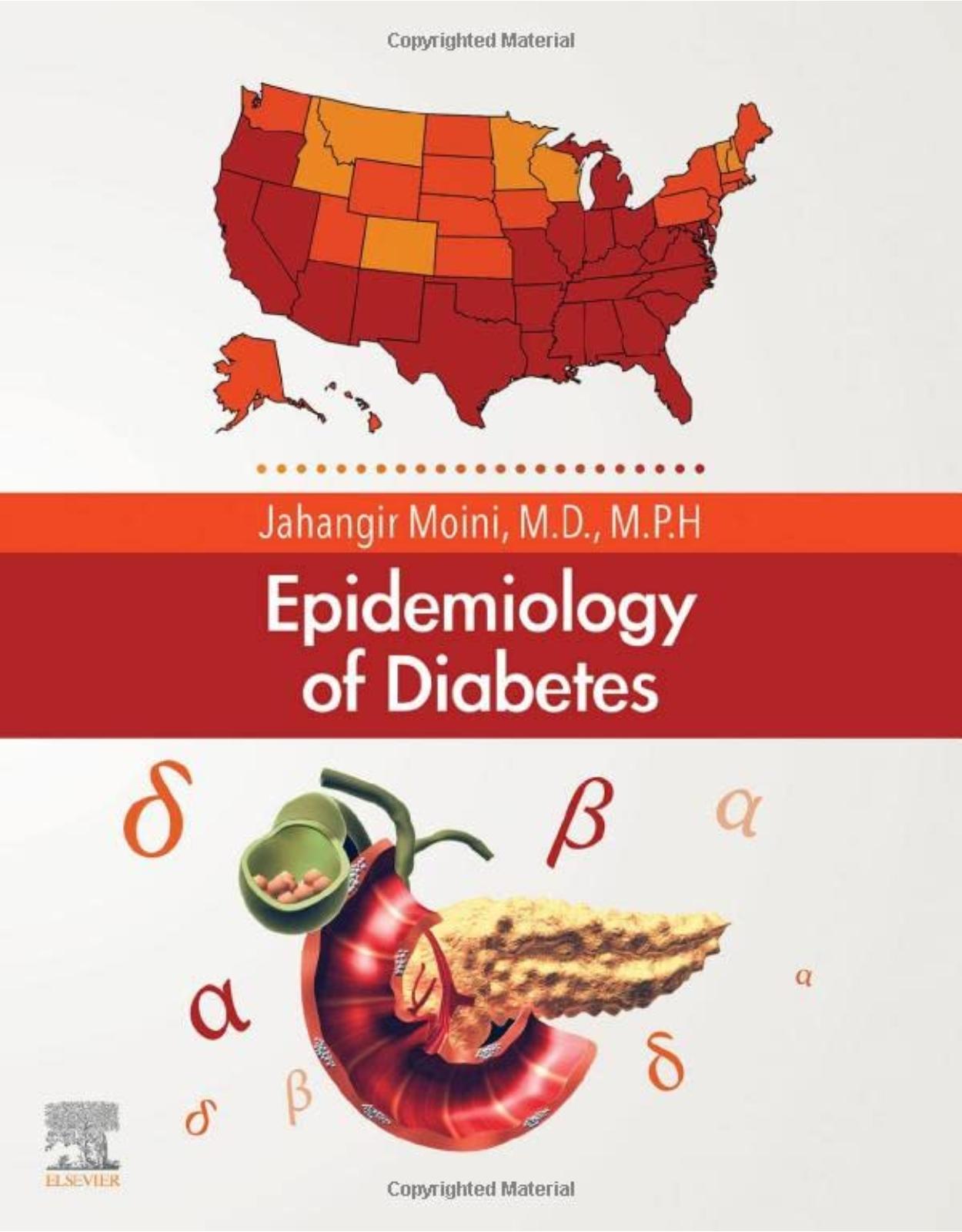
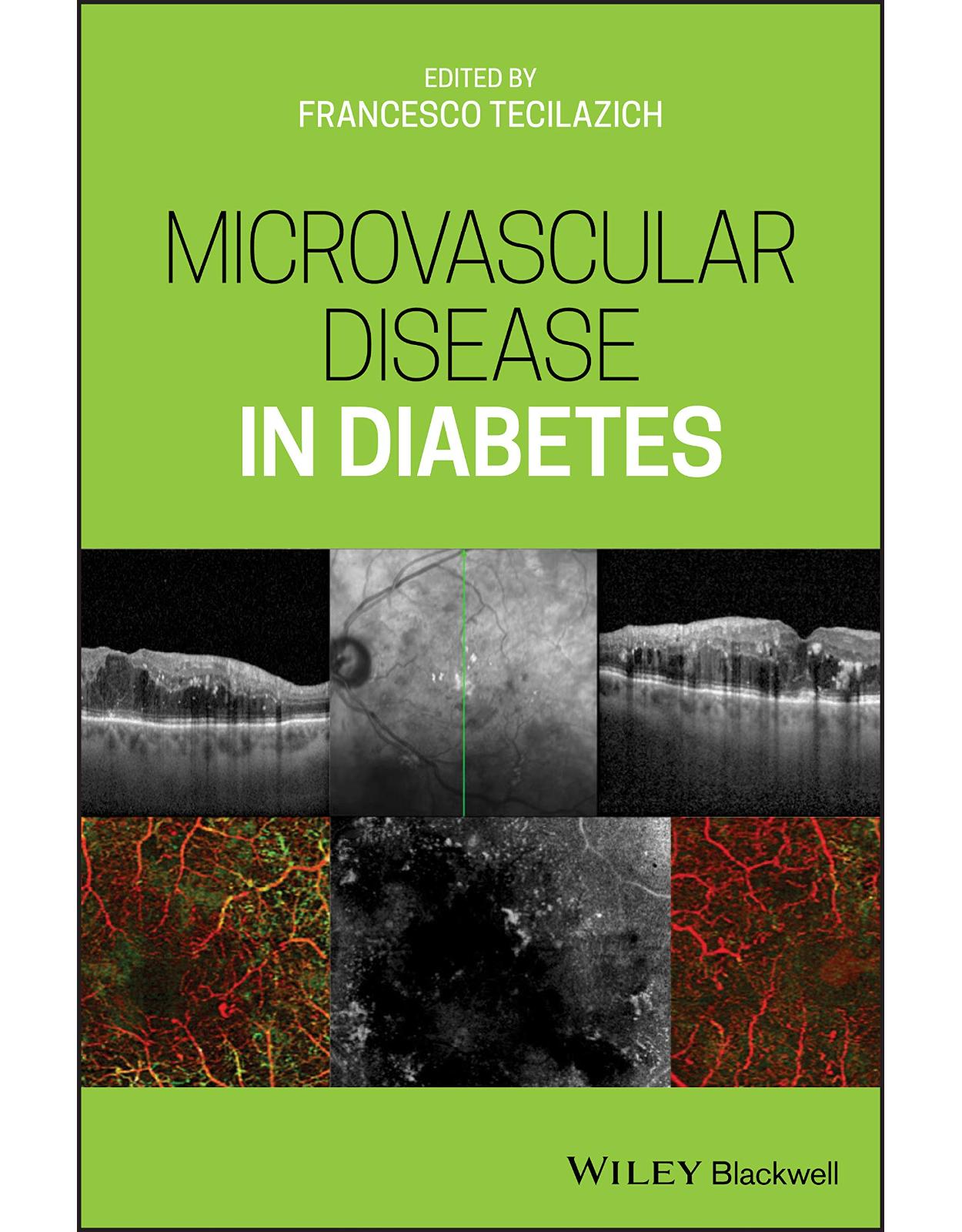
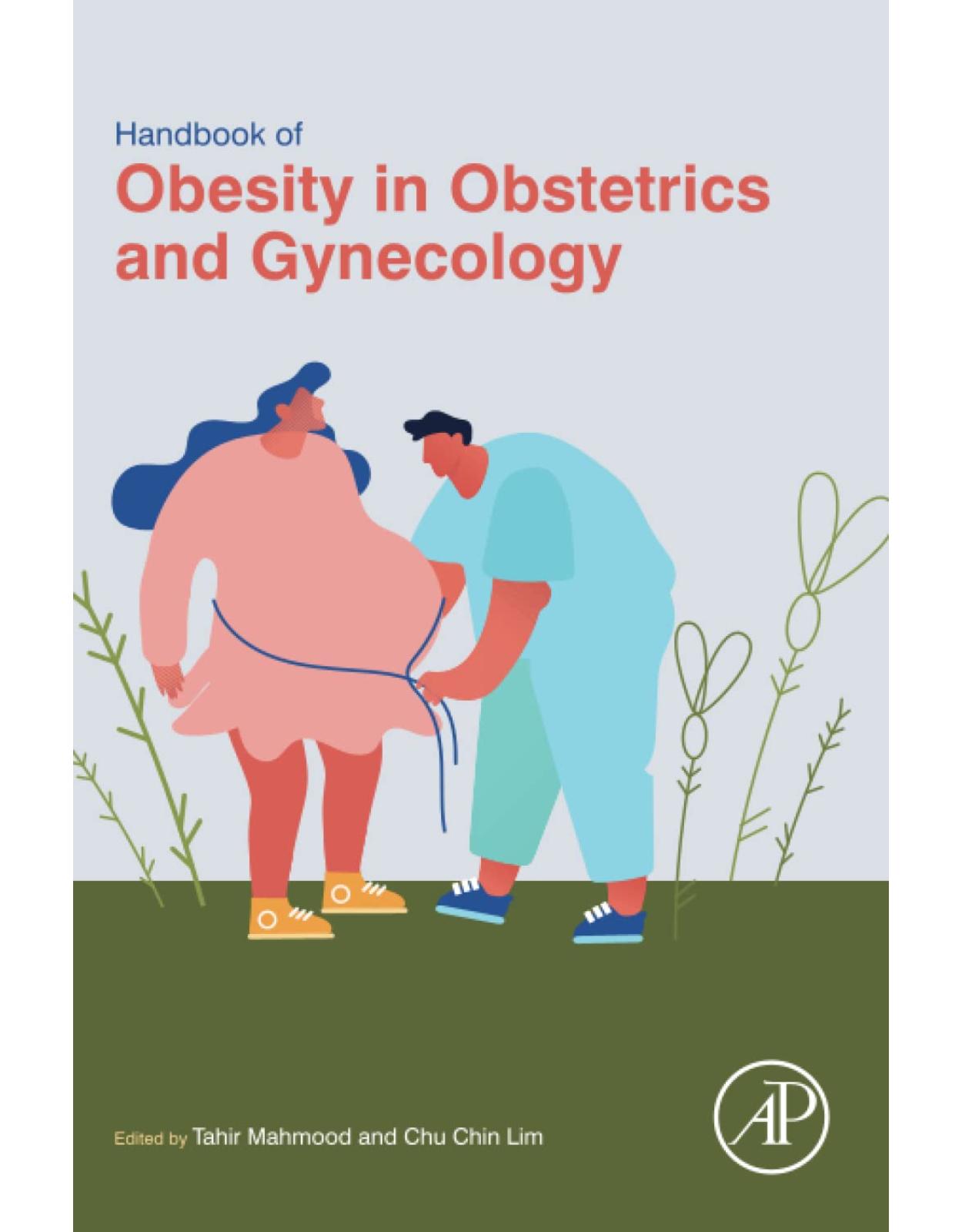
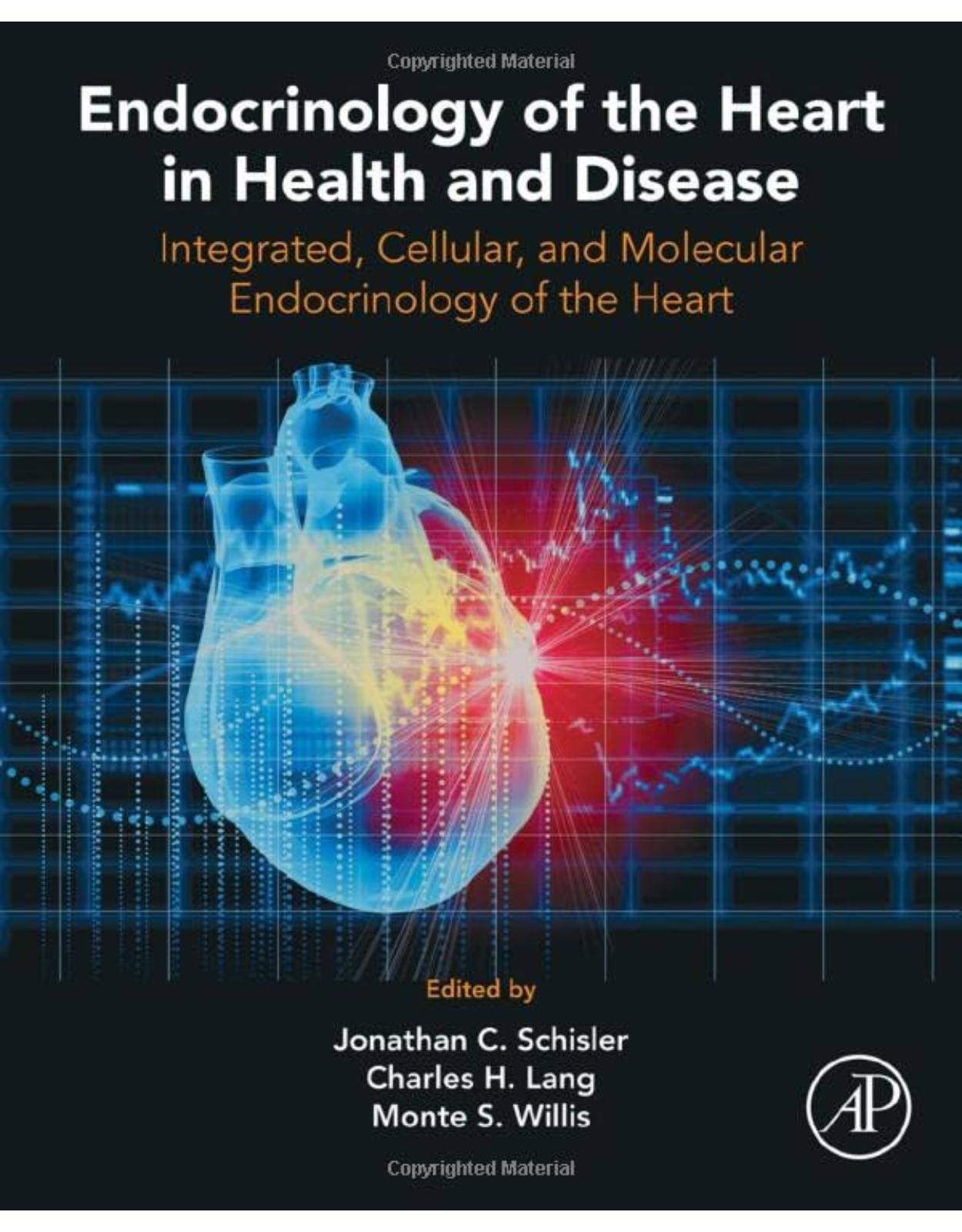
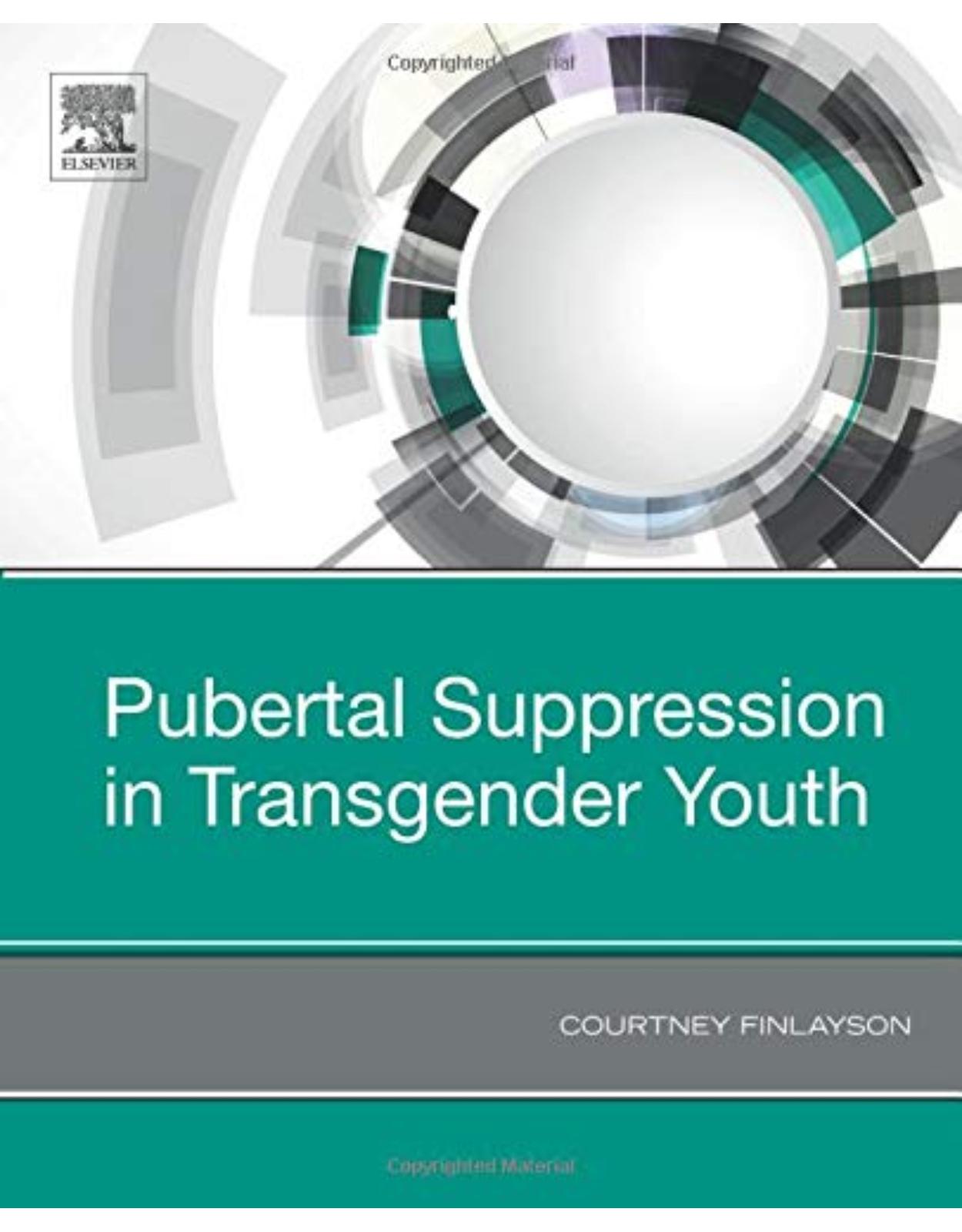

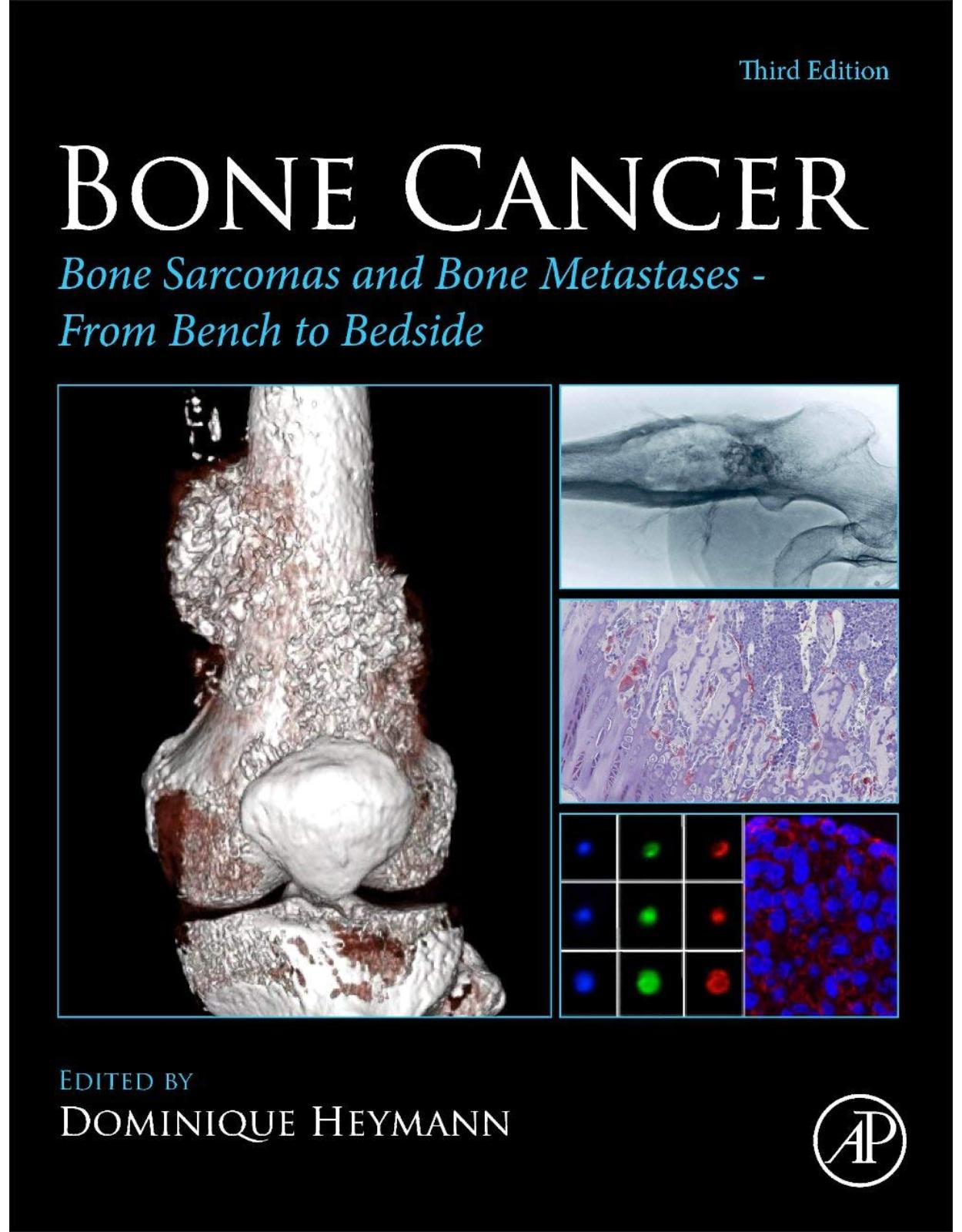

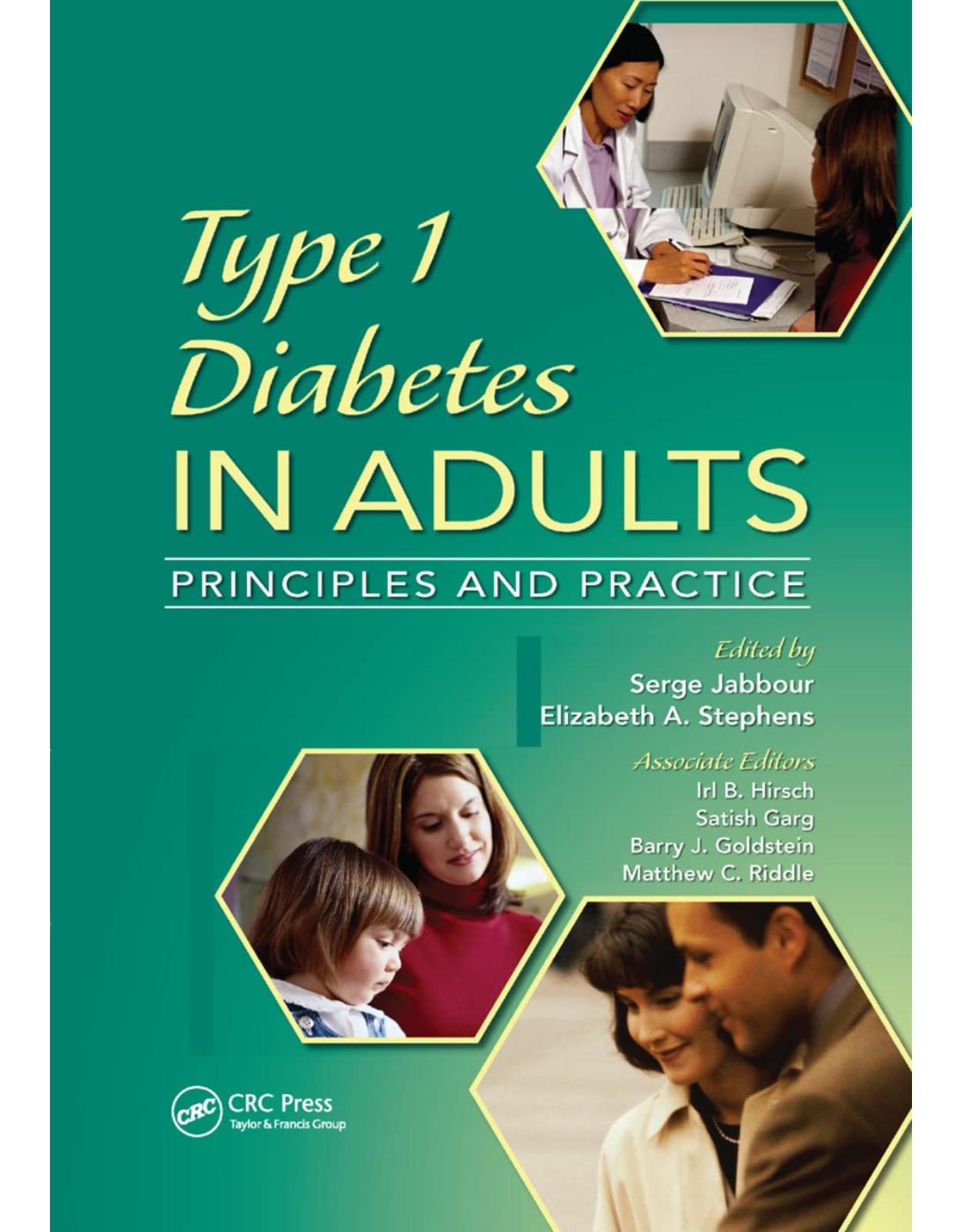
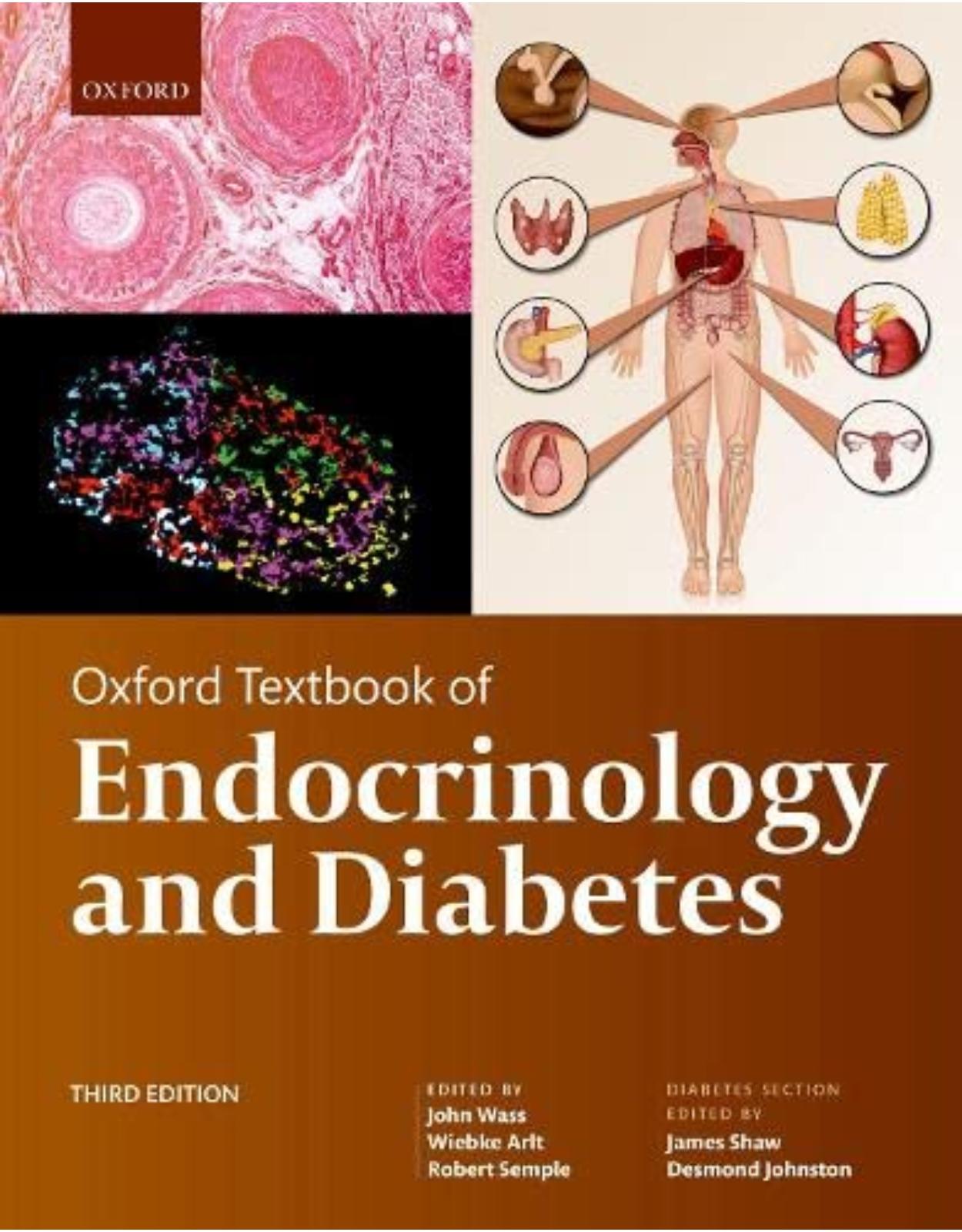
Clientii ebookshop.ro nu au adaugat inca opinii pentru acest produs. Fii primul care adauga o parere, folosind formularul de mai jos.